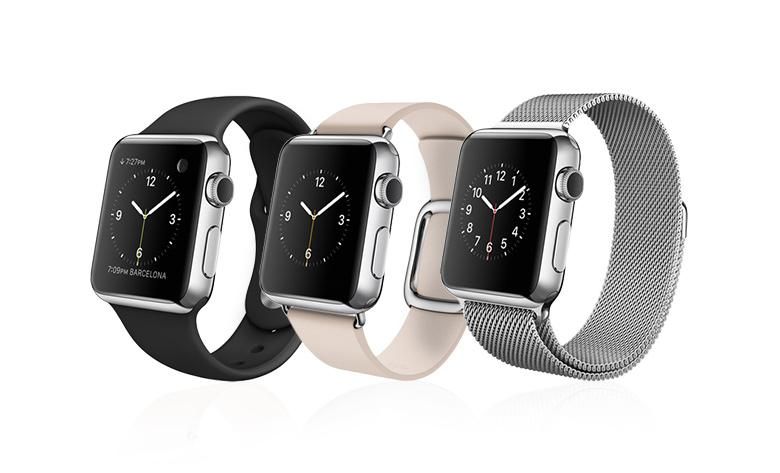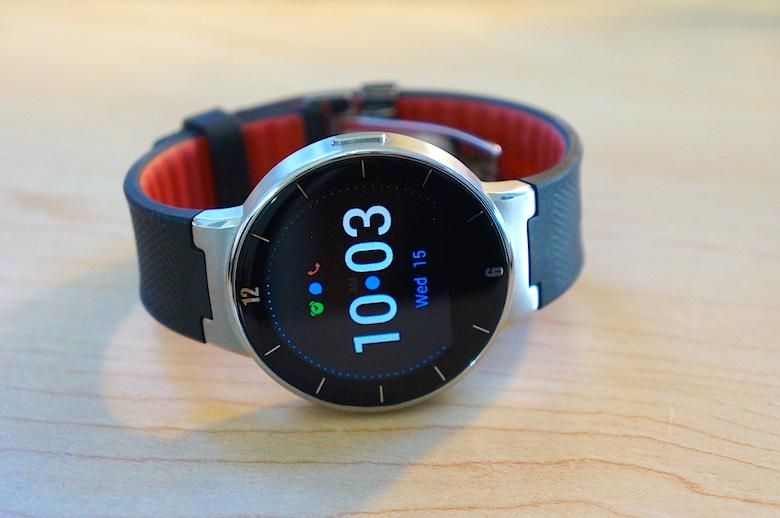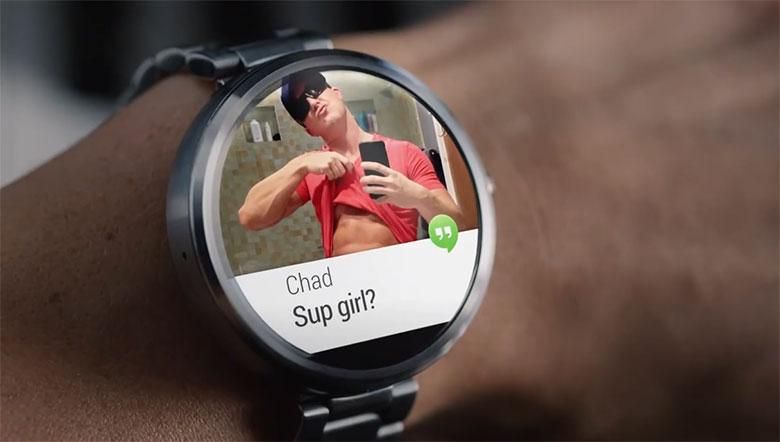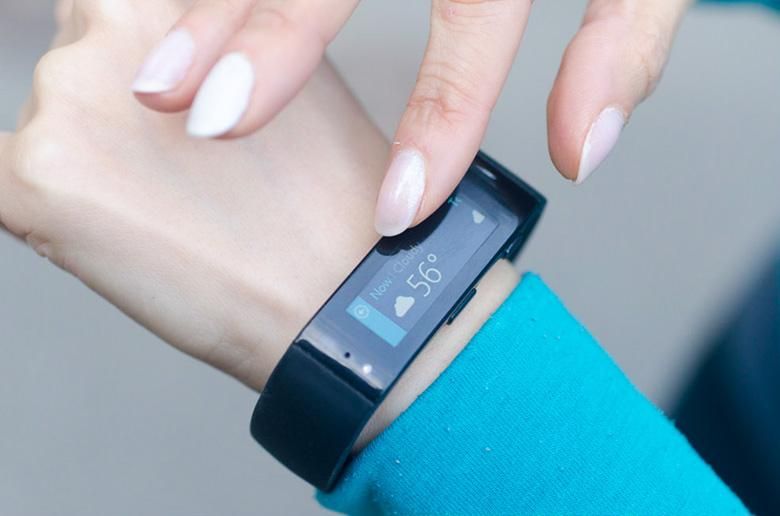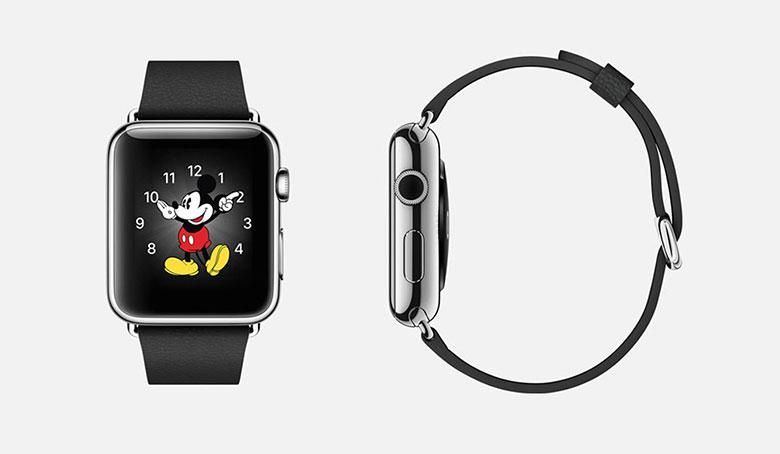As we look out into the smartwatch landscape, we see a pattern emerging. It’s a predictable pattern, but what surprises me is that it happened so fast. Like so many other products, especially those products in mobile technology, the smartwatch space has sorted itself out into three distinct tiers – low-, middle- and high-end.
In the beginning
Things started off pretty cut and dried. Pebble smartwatches started off with just the original Pebble. Then it introduced the Pebble Steel, which basically replaced the Pebble as the high-end option. In a very Apple-like fashion, the original Pebble became the entry level, or “cheap” Pebble, while the Steel took the high-end honors. Then Android Wear was introduced. Still, we saw there was only one price range – the $200 – $350 price range. It wasn’t enough of a range to really separate it into categories.
Today, the Moto 360 is hovering around the $170 price point, and new contenders are stepping up to fill out the “mid range” price tier again. The low end has the new Alcatel OneTouch Watch, and the Moto 360 and the Pebble Steel. The mid range is gaining the Zen Watch, the Pebble Time and, generally speaking, most new Android Wear offerings.
You might be thinking to yourself that I’m going to point squarely at Apple when talking about the high end, because that just seems like an Apple thing right? Well, that and the Apple Watch ~starts~ at $350. You’re right, Apple is definitely helping to define the high-end smartwatch arena, but so is Android Wear. The Tag Heuer watch announced last week definitely falls into the pricey, high-end category. But that is much more the exception than it is the rule.
Defined tiers
So there we have it – three tiers of smartwatches with the platform barely mature. I don’t really have a problem with it. It’s the natural order of things. But what I find interesting is that for the most part, the platform itself is defining the tier. There are some overlaps – big time overlaps – but when you look at the landscape, Alcatel and Pebble are filling up the low end, Android is fleshing our the middle tier, and Apple is dominating the high-end smartwatch category.
Of course, I have left out a couple of contenders – Samsung and Microsoft. Does Adam Doud have no love whatsoever for Tizen? Well, no, I don’t. Tizen smartwatches are such a niche category; it’s hard to place them anywhere because they only work under very specific circumstances. So for the moment, I’m leaving them off the list. Microsoft, I’ll address later.
So…
What does that mean to us as consumers?
Apple would have you believe that it means if you want the best, you need to go with Apple. Our review of that is still pending, but undoubtedly the platform fans – and those who have spent $1000 on a smartwatch – would be able to make a convincing argument. Some may argue that the Apple watch is as much about the material and design as it is about the operating system.
Meanwhile on the lower end, Pebble and Alcatel are approaching the industry more cautiously. Pebble has a lot of experience in this arena, and Alcatel is catering to its typical clientele. Alacatel customers are used to seeing a lot of value from its products, and the Alcatel watch does not disappoint. Pebble is continuing its steady pace into the smartwatch industry basically daring its competitors to come up with something better.
Stuck in the middle
In the middle, you have “everything else” which is not unlike Android’s typical customer base. Here you’ll find the tinkerers and the value-but-not-cheap hunters. You’ll also find a quality experience for smartwatches, but not for an extravagant price. This is where Android has been making a lot of headway in the smartphone world, so why not in the smartwatch world as well?
A couple of things will be interesting to see in the coming months and years:
When Microsoft decides to actually enter this race, where will it place itself?
Yes Microsoft did introduce the Band, but I’m not sure I count that since it’s at best a proof of concept product. What I’m talking about is when Microsoft enters the world of smartwatches. Which of these three tiers will Microsoft attack? My money is on the low end with Alcatel and Pebble. Microsoft has developed its own platform that works with any phone, and that’s what fits in that price point.
How well will each of these tiers succeed in the coming years?
My money is on the low and high tier doing very well, while the middle tier lags behind. This is for a number of different reasons. Apple will sell smartwatches, no question. The fact that it’s Apple will be enough to ensure success, unless something goes cataclysmically wrong either with Apple or with wearables in general. I think the lower tier will feast on its long-battery life and cross-platform compatibility to continue a slow but steady rise in the industry. The cost of entry is so low, they’ll be easier to sell.
The middle tier on the other hand will be an arena where people go to not have a Pebble nor and Apple Watch. Android Wear is a nice platform, and I enjoy it when I use it, but it has a lot of growing up to do to make it a mature smartwatch operating system, and the updates I have seen have not made me believe it knows where its going. Which is sad, because I like my Moto 360.
But at the end of the day, what I like and what actually sells may be two different things. I look at Apple and Pebble and I see a lot of mind share and that’s more important than any amount of advertising. I look and Android Wear and there are a lot of options, which is good, but maybe comes packaged with a lot of confusion, which is bad. We’ll see how all this shakes out, but my money is on the low and high and not so much on the middle.

